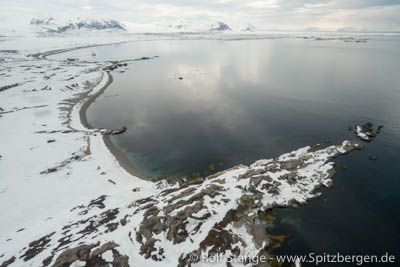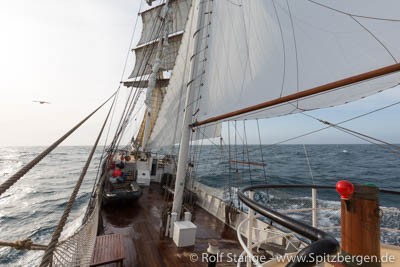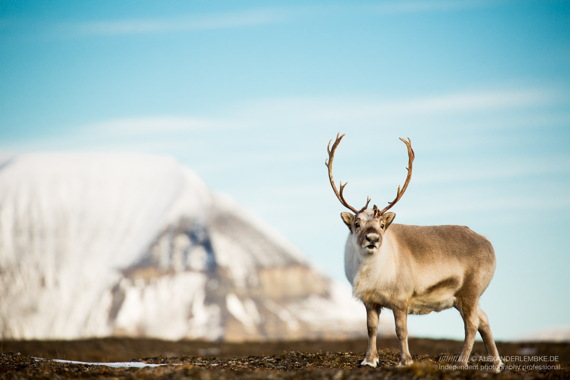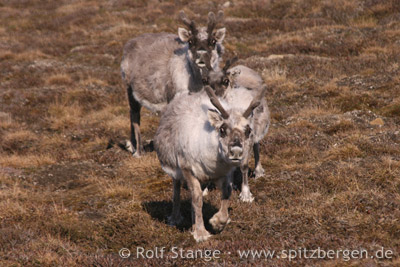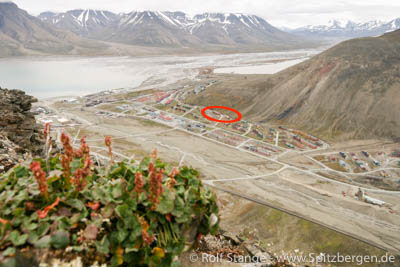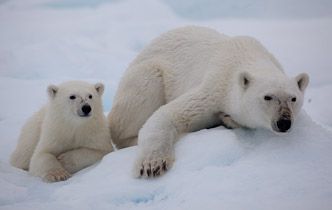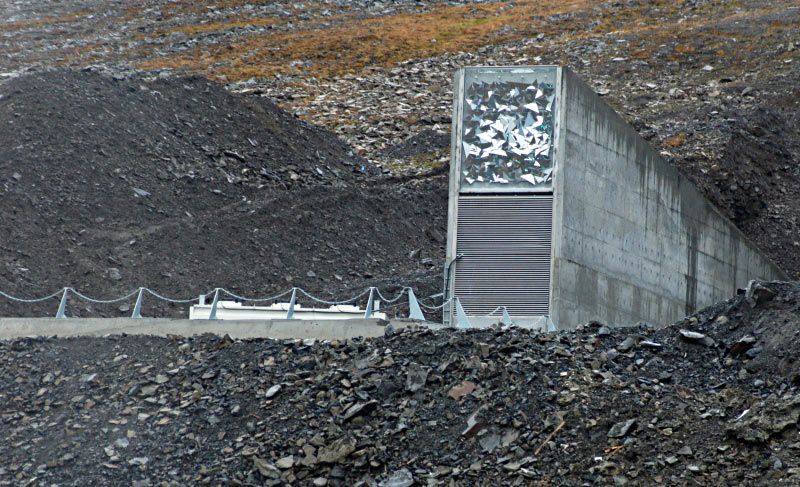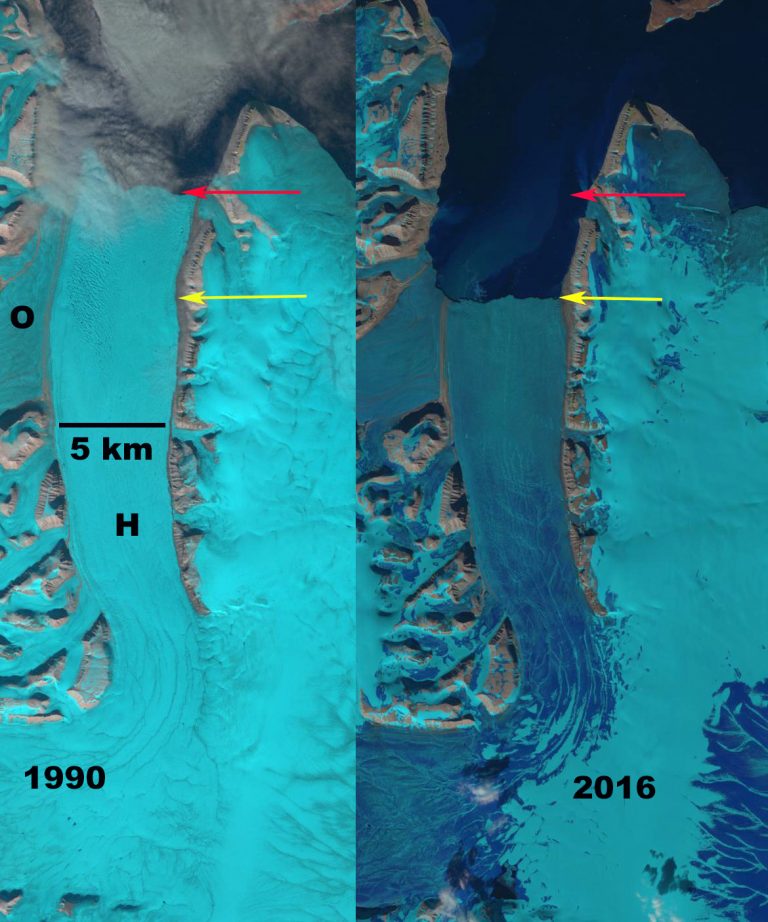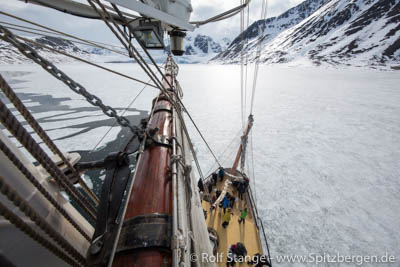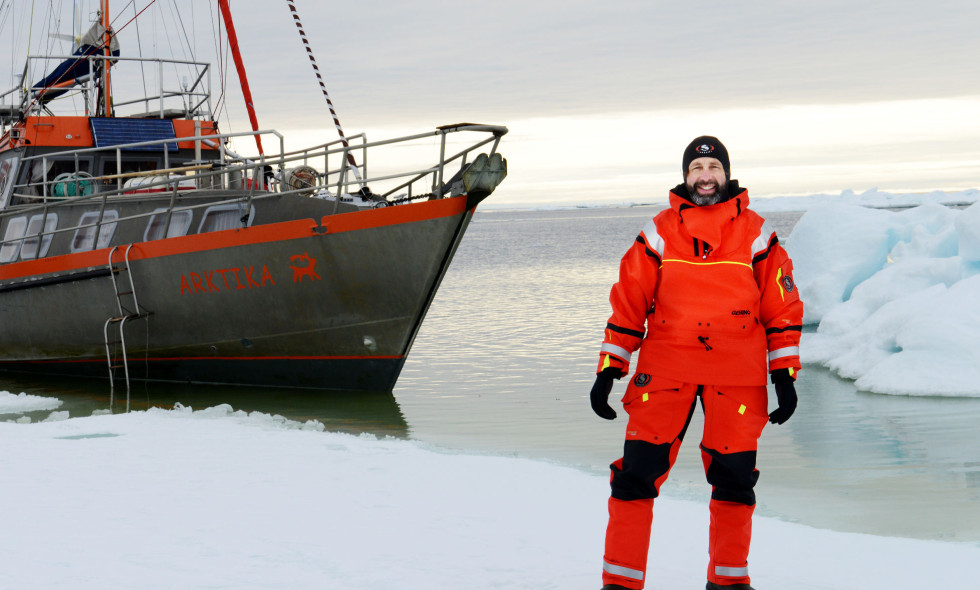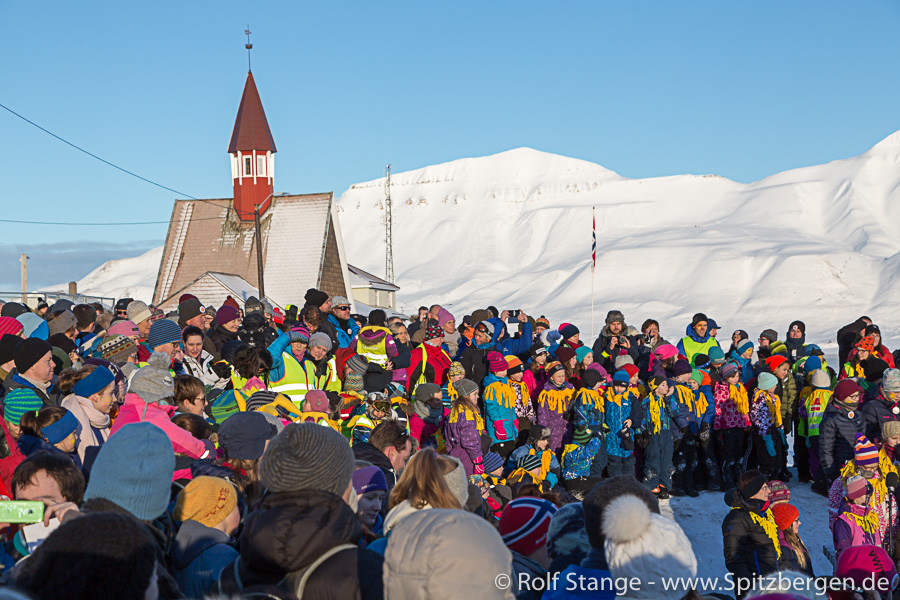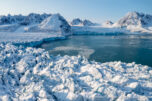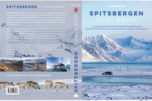-
current
recommendations- Liefdefjord
New page dedicated to one of Spitsbergen's most beautiful fjords. Background information and many photos.
- New Spitsbergen guidebook
The new edition of my Spitsbergen guidebook is out and available now!
- Liefdefjord
New page dedicated to one of Spitsbergen's most beautiful fjords. Background information and many photos.
Page Structure
-
Spitsbergen-News
- Select Month
- May 2025
- April 2025
- March 2025
- February 2025
- January 2025
- December 2024
- November 2024
- October 2024
- September 2024
- August 2024
- July 2024
- June 2024
- May 2024
- April 2024
- March 2024
- February 2024
- January 2024
- December 2023
- November 2023
- October 2023
- September 2023
- August 2023
- July 2023
- June 2023
- May 2023
- April 2023
- March 2023
- February 2023
- January 2023
- December 2022
- November 2022
- October 2022
- September 2022
- August 2022
- July 2022
- June 2022
- May 2022
- April 2022
- March 2022
- February 2022
- January 2022
- December 2021
- November 2021
- October 2021
- September 2021
- August 2021
- July 2021
- June 2021
- May 2021
- April 2021
- March 2021
- February 2021
- January 2021
- December 2020
- November 2020
- October 2020
- September 2020
- August 2020
- July 2020
- June 2020
- May 2020
- April 2020
- March 2020
- February 2020
- January 2020
- December 2019
- November 2019
- October 2019
- September 2019
- August 2019
- July 2019
- June 2019
- May 2019
- April 2019
- March 2019
- February 2019
- January 2019
- December 2018
- November 2018
- October 2018
- September 2018
- August 2018
- July 2018
- June 2018
- May 2018
- April 2018
- March 2018
- February 2018
- January 2018
- December 2017
- November 2017
- October 2017
- September 2017
- August 2017
- July 2017
- June 2017
- May 2017
- April 2017
- March 2017
- February 2017
- January 2017
- December 2016
- November 2016
- October 2016
- September 2016
- August 2016
- July 2016
- June 2016
- May 2016
- April 2016
- March 2016
- February 2016
- January 2016
- December 2015
- November 2015
- October 2015
- September 2015
- August 2015
- July 2015
- June 2015
- May 2015
- April 2015
- March 2015
- February 2015
- January 2015
- December 2014
- November 2014
- October 2014
- September 2014
- August 2014
- July 2014
- June 2014
- May 2014
- April 2014
- March 2014
- February 2014
- January 2014
- December 2013
- November 2013
- October 2013
- September 2013
- August 2013
- July 2013
- June 2013
- May 2013
- April 2013
- March 2013
- February 2013
- January 2013
- December 2012
- November 2012
- October 2012
- September 2012
- August 2012
- July 2012
- June 2012
- May 2012
- April 2012
- March 2012
- February 2012
- January 2012
- December 2011
- November 2011
- October 2011
- September 2011
- August 2011
- May 2011
- April 2011
- March 2011
- February 2011
- January 2011
- December 2010
- November 2010
- September 2010
- August 2010
- July 2010
- June 2010
- May 2010
- April 2010
- March 2010
- February 2010
- November 2009
- October 2009
- August 2009
- July 2009
- June 2009
- May 2009
- April 2009
- March 2009
- February 2009
- January 2009
- December 2008
- November 2008
- October 2008
- August 2008
- July 2008
- June 2008
- May 2008
- April 2008
- March 2008
- February 2008
- April 2000
- Select Month
-
weather information
-
Newsletter

| Guidebook: Spitsbergen-Svalbard |
Home →
Yearly Archives: 2017 − News
Sailing boat almost sunk in Spitsbergen
On Sunday (August 6) morning, a private yacht got into a dramatic situation at sea in Svalbard. It took water and was not far from sinking. Three persons were on board, all of them German. They are all well now. The incident took case near Dunderbukta, at the west coast of Spitsbergen south of Bellsund.
Shallows and exposed shorelines: the west coast of Spitsbergen can by very inhospitable.
The crew called for help via German rescue services, who alarmed the Norwegian authorities. The three, who were already on board their life raft at that time, were then taken on board the Norwegian cargo ship Norbjørn. Norbjørn also started to tow the sailing boat. The three rescued persons remained on Norbjørn for the passage to Longyearbyen, which they preferred rather than a flight on the helicopter which was soon on the scene. Their sailing boat was towed to Longyearbyen by the pilot boat from the port of Longyearbyen.
It turned out that a hose that connected a septic tank to the hull had got loose, enabling water to rush into the boat.
According to the Sysselmannen, the case will be handed over to the insurances without further police involvement.
Source: Svalbardposten
Polar row: In a rowboat to Spitsbergen
If you want to travel to Spitsbergen in an environmentally friendly way, perhaps you should join these five men: the Norwegian Tor Wigum, the Welshman Jeff Willis, the American Carlo Facchino, the Indian Roy Tathagata and the Icelandic Fiann Paul want to row from Tromsø to Spitsbergen today!
Fiann Paul is the leader of this expedition named “Polar Row”. There is no doubt about his qualification. He has already crossed the Atlantic Ocean, the Pacific Ocean and the Indian Ocean in record time in a rowing boat. Fiann Paul has prepared the expedition for one year. Since the oarsmen can not expect any help from sea currents, they will have to row continuously 24 hours a day. In doing so, the team changes with the tasks: Some will row for two hours. During this time, the others may eat, sleep or inspect the boats or their own injuries.
It is planned to travel the almost 1000 kilometers long route in 9 to 13 days. The expedition will arrive in Longyearbyen at the latest in the beginning of August.
Plenty of equipment and strong nerves
Expedition leader Fiann Paul doesn’t worry too much about the physical effort or the cold. All participants are physically and mentally very strong, he told the newspaper Svalbardposten. An accompanying boat is not included, but safety equipment such as survival suits, rescue vests, a rescue boat and a satellite phone. Only if the equipment fails or there are problems with the boat, it could be difficult.
If the expedition succeeds, it should be the first registered rowing tour of this kind. However, there are stories of people who have traveled the route between Tromsø and Spitsbergen (or a part of it) in a rowing boat due to a shipwreck.
The Barents Sea, also called the devil’s dance floor, on a sailing ship – that is one thing. It is another thing on a rowing boat.
Rowing for a good cause
The expedition also pursues two further goals: the University of Cambridge will investigate how the extreme tour affects the participants psyche. In addition, 20,000 British pounds (around € 22,600) are to be collected via a crowdfunding platform. With this money a school will be built in the Himalayan region in 2018.
And Longyearbyen is not yet the end of the expedition. After a few days break, they will continue to the northernmost city of Iceland Siglufjörður – about 2000 km, also in the rowing boat.
To the expeditions homepage.
Sources: Svalbardposten, Polarrow-Homepage
Svalbard reindeer is doing well
The Norwegian Polar Institute counted 1374 Svalbard reindeer in the Adventdalen around Longyearbyen this year. Many calves were observed and only a few dead reindeer found. This is a trend that has been observed for years: The reindeer population has been growing slightly in this region for years.
Well-fed Svalbard reindeer, an endemic subspecies of the reindeer
The reindeer have been counted since 1979 on Spitsbergen by the Norwegian Polar Institute and the Sysselmannen – the Governor of Spitsbergen. At that time only 457 reindeer were counted in Adventdalen. It is estimated that a total of 10.000 to 11.000 reindeer live on Spitsbergen.
Climate change has variuos effects
Up to now, it has been assumed that reindeer suffer from the increasing rain. In winter, the rain forms a layer of ice on the ground and the reindeer have more difficulties approaching the lichens and grasses. Higher temperatures in the autumn seem to compensate for the deterioration in the living conditions for reindeer. Last year, high temperatures in October and November made it possible for the reindeer to build fat reserves so they could survive the cold winter.
The situation is a bit different for reindeer north of Spitsbergen: on the Brøggerhalvøya peninsula/ Kongsfjorden, the stock remains stable. Here, the fjords have remained free of ice in recent years, so that the Reindeer can hardly migrate to avoid bad feeding conditions.
Global warming could therefore have different effects in the different climate zones on Spitsbergen.
Less dead reindeer in the Adventdalen could mean bad news for another species: The polar fox feeds from reindeer carcasses. Less dead reindeer means, he must switch to other food sources.
Sometimes curious: Svalbard reindeer
More articles about the Svalbard reindeer
Source: Nordlys, Svalbardposten
Less mercury in polar bears – due to climate change?
If sea ice is gradually withdrawing as a result of climate change, the level of mercury in polar bears could decrease.
Healthier food on land thand on ice: Polar bear
In an US-American study, hair samples of polar bears were investigated in the Beaufort Sea north of Alaska from 2004 to 2011. The result: In male animals, the levels of mercury declined by about 13% per year, but not in females. This is probably due to different foraging habits of the sexes. Female polar bears chase mainly ringed seals from the ice, which in turn feed on mercury-contaminated fish. Male polar bears also feed from land on bearded seals and stranded bowhead whales, which are only slightly contaminated with mercury.
If the ice in the polar regions is now more and more declining due to climate change, polar bears could increasingly shift their foraging habits to prey which can be found on land, e.g. stranded bowhead whales.
According to the study, the lower concentration of mercury in the polar bears is not a consequence of a reduced mercury concentration in the environment.
Source: ACS Publications
Evacuation in Longyearbyen ended after four months
In mid-February, an avalanche from the mountain Sukkertoppen hit houses in Longyearbyen and destroyed two buildings. 92 households were evacuated. The last inhabitants in way 226 could now return to their houses on the weekend.
Whether and for how long they can stay in their homes is still completely unclear. Extensive security measures are planned to protect the houses from avalanches. However, several houses in the avalanche area may have to be demolished. Probably the residents in way 226 can only use their houses during the summer.
Place where the avalanche accident occured
Source: Svalbardposten
Old ammunition found in polar bears bodies
An autopsy revealed shotgun ammunition in the fat tissue of the bodies of two polar bears. One, a female with a cub, was shot in June 2016 in Austfjordnes. Only two months later a Russian researcher shot another female polar bear in Forlandet.
Polarbear with cub
The shot was encapsulated in the fat and flesh of the bears in both animals, which means it must have hit them well before they were killed in 2016. Ammunition was found in several places of the bodies. Knut Fossum, environmental director for the Sysselmannen (Governor of Spitsbergen), presumes that the shots were fired from a relatively short distance. Probably someone wanted to scare away the polar bears with pellets, but hit them. Shot is unlikely to hurt a polar bear seriously, but serious injury may occur if, for example, a joint or an eye is hit. Veterinarians refer to the case of a reindeer that was killed with an airgun. Additionally, even smaller injuries may lead to pain and inflammation.
Polar bears are strictly protected on Spitsbergen, injuring them or killing them will be punished. Shooting at a bear with shotguns to scare it away is both unsuitable and illegal.
How long the polar bears already carried the ammuniion in their bodies and whether they suffered from pain, is not certain.
Source: Svalbardposten
Flooding of Global Seed Vault attracts international media – eight month after!
International media reported for several weeks about a leckage in the Global Seed Vault, where seeds of all countries are stored for thousands of years.
Global Seed Vault – Seeds for generations?
The flooding actually happened – but already in October 2016! An article in the Norwegian newspaper Dagbladet in May 2017 mentioned the leakage with correct date. But on 19th May 2017 an inattentive journalist of “The Guardian” made a current message out of that article. High temperatures in combination with weeks of rainy weather were mentioned, which finally led to a flood in the entrance area of the Global Seed Vault. Everything correct, just more than half a year ago.
A message, but no news
Even the big media houses Reuters and Vox jumped on the bandwagon, apparently without checking the source. A phone call to Hege Njaa Aschim would have been enough to clarify the misunderstanding. Aschim is press officer of Statsbygg, a state-run company who manages and maintains the Global Seed Vault. But after all, numerous other newspapers, radio and TV stations wanted to know more precisely: Hundreds of press requests reached Aschim in one week! She could correct, that it was a real message, but not really news.
Deceptive security?
The fact that the Global Seed Vault, which has actually been constructed for eternity, must already be repaired after less than ten years, seems almost less important now. The actual camp, which now contains nearly one million seed packets from 73 institutes and gene banks, was not affected by the water. However, a transformer was destroyed and the fire brigade had to pump the tunnel, which leads 100 meters down to the actual camp.
Deeply locked in in the permafrost, the Global Seed Vault was believed to be safe from flooding. Now investigations are to be made as to how the camp can be secured against warm periods. 37 million crowns (ca. 3,8 million Euros) will be provided for that.
Source: Dagens Næringsliv
The Hinlopen glacier retreats
This is shown by satellite images, that the American Geophysical Union has published. Between 1990 and 2016 the glacier has retreated seven kilometers.
Hinlopenbreen 1990 und 2016. Red arrow shows 1990 terminus, yellow arrow shows 2016 terminus – Images: AGU, Landsat
The Hinlopen glacier in the north-east of Spitsbergen is a so-called surge-glacier. That means, that longer periods with normal flow speed alternate with shorter periods, in which the glacier flows 10 to 1.000 times faster. The last surge happened from 1970-1971, when the glacier pushed 2.5 km into the fjord in one year. It moved up to 12 meters a day then.
The decrease in ice, that has now been observed, has probably nothing to do with these normal fluctuations which are connected to the glacier’s internal mechanics. If a surge-glacier retreats, the ice usually accumulates in the accumulation area: it is thickening. At the Hinlopen glacier it was observed, that the ice on the upper glacier is also thinning. This suggests that it is not the early stage of a surge process, but climate change that is responsible for the retreat of the Hinlopen glacier.
Other glaciers on Spitsbergen are also undergoing a similar development, such as the Paierbreen, Hornbreen, Besselbreen and Svitjodbreen.
Source: AGU
Tempelfjord accident: guide dead
On April 27, a guided group broke through the ice in Tempelfjord (see spitsbergen-svalbard.com news from April). Four persons spent up to 48 minutes in ice cold water until they were rescued by SAR forces with helicopters. Most victims could soon be released from treatment. One guide, however, was was kept in intensive care in the University Hospital Nordnorge in Tromsø (UNN).
The hospital informed the public today that the man died during the night from Sunday to Monday.
He was a Russian citizen, between 30 and 40 years old.
As far as is known, he was the first guide who died due to an accident that happened during a tour with guests in Svalbard.
The accident is still investigated by Norwegian authorities. So far, no further details have been released beyond those described in the article in April.
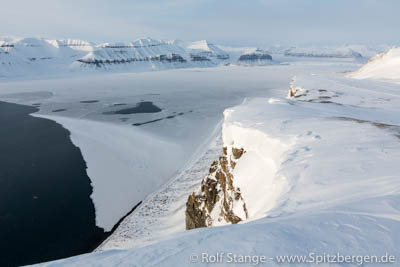
Tempelfjord with poor ice conditions in spring 2014.
Source: Svalbardposten
Spitsbergen 2017, Antarctica and Patagonia 2018: last chances to join
Most trips in Spitsbergen 2017 are largely fully booked, as are our trips to Antarctica and Patagonian in 2018. The following tickets are currently still available:
(Please note: all of the trips are German speaking. For this reason, the links lead to detailed descriptions of the trips in German.)
- Spitsbergen (27.6.-14.7.2017) with SV Antigua: one bed in a female twin cabin is available again after a recent cancellation.
- Hiking and photography in Longyearbyen and Pyramiden (4.-11.9.2017): a small number of tickets is still available.
- Antarctica under sails with SY Anne-Margaretha (15.1.-8.2.2018): One single ticket in a female twin cabin is still to be had.
- Patagonien unter Segeln mit SY Anne-Margaretha (11.3.-4.4.2018): one twin cabin is available again due to a cancellation.
Please do not hesitate to get in touch with me if you have questions about the trips. For reservations and booking, please get in touch with the Geographischen Reisegesellschaft.
Under sails to the ice: do you want to join us? Last tickets for Spitsbergen 2017 and Patagonian and Antarctica 2018!
Group broke through ice in Tempelfjord
Update from Friday: one person, the guide, is still critically unstable and under advanced intensive care in Tromsø. It was said today that it was four persons who actually ended up in the water. Some of the group have already returned to Russia via Norway.
Updates from Saturday are in the text, highlighted with bold formatting.
In the late afternoon today (April 27), a group of snow mobile tourists broke through the ice in Tempelfjord. The alarm went close to 18:00. To start with the most important bit of information: all persons seem to be in safety by now, there are reports about three persons being seriously injured. The status of two is described as critical.
It was a group of nine persons including one guide, all of Russian nationality, that broke through the ice in Tempelfjord between Kapp Murdoch and Kapp Schoultz. Shortly after the emergency call, Norwegian SAR forces were on location with helicopters and a coast guard ship and started to rescue persons out of the water. Several persons are now in the hospital in Longyearbyen, planes started from Tromsø with additional medical personnel and equipment and to possibly evacuate patients to the mainland. Update: one is still in critical condition. It is one of the guides, who was in the cold water for almost an hour. He got a cardiac arrest while he was lifted out of the water.
Three persons were reported missing, but it seems that they were quickly rescued by another group, taken to Fredheim, a hut on the southern side of Tempelfjord, and taken care of there.
The group included about 24 persons in total, with several guides, but 11 did not get involved in the actual accident. The group was on the way from Pyramiden to Longyearbyen, as part of a several day long trip organized by Arctic Travel Company Grumant, a Russian tour operator in Barentsburg. The part of the group not directly involved returned to Pyramiden.
Details about the accident are not yet available. The ice in Tempelfjord has become increasingly unreliable in recent years, to the degree that it was more or less absent in some years. In the last couple of weeks, however, it was traversed frequently. Update: the ice was recently crossed by private persons, but major tour operators from Longyearbyen did not cross the ice in Tempelfjord during their tours, or only near the shore. The thickness of the ice in central parts was less than required by common safety routines.
Near Kapp Murdoch, there is a permanent local zone of weakness in the ice. This weak spot, which is locally well known and called Murdoch-råka, had led to accidents before. It is not yet known if this was the site of today’s accident or if it happened somewhere else. Update: the accident did not happen at the Murdoch-råka, but somewhere on a more or less straight line from Kapp Murdoch to Fredheim, closer to the southern side of the fjord, so the Murdoch-hole was definitely not involved.
Tempelfjord with poor ice conditions in April 2014.
Source: Sysselmannen, Svalbardposten, NRK
Arctic World Archive: Data storage in ice
In a bunker in Longyearbyen digital data will be stored and saved over generations, a project called Arctic World Archive. We already reported about the Global Seed Vault on this webside: Seeds from all over the world are stored in high shelves, to save genetic material for the following human generations.
Now a huge data storage follows. The Arctic World Archive was built close to the Global Seed Vault by the Norwegian technology provider Piql and the mining company Store Norske. The data can be stored safely with a special technique on light-sensitive film for up to one thousand years. The former mine will have a constant temperature of -5 to -10 degrees Celsius.
The bunker will be connected to the internet so that companies who want to store their data can access to it. Potential customers could be governments and large companies. The national archives of Brazil and Mexico have already shown interest and, of course, Norway itself. The first data of the district government of Sogn og Fjordane were stored in the former mine on 27 March at a depth of 300 meters.
Global Seed Vault – Seeds for generations. The data bunker looks similar.
Expedition Arktika 2.0: French adventurer Gilles Elkaim sentenced to 30,000 crowns fine
They wanted to reach the North Pole in Fridtjof Nansen’s footprints, but their expedition ended temporarily on Spitsbergen. The French adventurer Gilles Elkaim and his wife Alexia started their expedition last year in summer in Kirkenes with his sailing vessel Arktika (not to be confused with the local boat Artika II from Longyearbyen). A visit of Spitsbergen was actually not planned before 2018 – on the way back. Gilles Elkaim and Alexia Elkaim actually wanted to winter in the ice north of the New Siberian Islands, to continue the journey to the North Pole with dog sleds.
Bad weather and a damaged engine
Rough weather conditions and a damaged engine forced them in October last year to look for protection in the Duvefjord. The Duvefjord is strictly protected and a permit is required in advance for all travels there.
Gilles Elkaim on his boat Arktika – Image: Gilles Elkaim, published with kind permission
Spitsbergen’s governor -called Sysselmannen- said that she was only informed by reference to Elkaim’s travel blog about the stay of the Arktika in the Duvefjord. According to his own statement Elkaim had informed the authorities on Spitsbergen in time on October 8th 2016, but did not receive any reaction. On October 19th, the Arktika was towed to Longyearbyen by Spitsbergen’s authorities.
Since Elkaim did not want to pay a fine of 25,000 crowns, he ended up in front of the court. The Norwegian authorities even confiscated the passports of Elkaim and his wife so that they could not leave Spitsbergen. Elkaim has now been sentenced to 30,000 crowns (around 3,300 €) by the regional court Nord-Troms.
Word agains word
According to court the adventurer has violated several laws. The Arktika anchored several times between strictly protected islands between the 24th of August and the 19th of October. Elkaim had imported dogs without permission and did also not properly register their journey.
Elkaim, on the other hand, sees himself as a victim of Norwegian bureaucracy and complains that he has not been adequately listened to in the trial. He refers to the UN Convention on the Law of the Sea, according to which ships of all countries have the right to cross sea areas of other countries. The Convention also says that ships may be anchored in exceptional occurrences. In fact, the UN Convention on the Law of the Sea and Norwegian environmental protection laws are partly contradictory.
Elkaim does not accept the verdict and wants to appeal. He also complains that the nature reserve is extremely polluted with rubbish. He told the Norwegian state channel NRK on the phone: “I’m not a criminal. What is a crime about going ashore and collect garbage in an area that Norwegian authorities should have cleaned? What is the meaning of a nature reserve where the polar bear feeds from plastic?”
Plastic waste: Unfortunately no exception on Spitsbergen – Image: Gilles Elkaim, published with kind permission
Elkaim wants to stay in the Russian settlement Barentsburg until summer, where he was kindly accepted as he said. Then he want to travel further towards the North Pole. Hopefully without any engine damage.
Source: NRK, Arktika 2.0 on Facebook
Melting ice in the Arctic leads to air pollution in China
The enormous air pollution in major Chinese cities could be related to arctic melting sea ice. This surprising link between global warming and air pollution is the result of a study, that has now been published in Science Advances.
Air pollution is nothing new in China’s big cities. However, the haze was particularly bad in January 2013, where the limit values were exceeded in almost all major Chinese cities for four weeks.
Melting sea ice in the Arctic and persistent snowfall over Siberia led to a change in air circulation at the end of 2012. The cold air masses moved towards east to Korea and Japan, while in eastern China the air was not moving at all. In Winter there are usually strong winds in regions such as Beijing.
The scientists are sure that melting ice and heavy snowfall have at least intensified the haze. They suspect that similar events will happen in the future and that the Olympic Winter Games in 2022 could also be affected.
Thick haze in Chinas big cities
Foto: Erhard Stenz, Creative Commons
Quellen: Malaysian Digest, Science Advances
Here comes the sun!
In the middle of February she shows herself for the first time after the long polarnight. But first on March 8th her rays reach Longyearbyen, which is surrounded by mountains. The return of the sun is celebrated by the inhabitants of Spitsbergen one week with open-air services, exhibitions and concerts. Even the avalanche warning, which is still valid, can not cast a shadow on this event.
Waiting for the sun…
Many popular Norwegian musicians are coming to Longyearbyen in these days. The Elektropo Duo Bow To Each Other, the Rapper OnklP Og De Fjerne Slektningene (“Uncle P and the remote relatives”) and the most northern blues band of the world, the Advent Bay Poolboys.
The highlight of the week happens on the 8th of March, when everybody shows up in front of the old hospital to welcome the sun together. Children have their necks decorated with a yellow felt sun. When the sun throws its rays onto the stair steps of the building for the first time, she will be traditionally greeted with cheers and singing and her return will be officially declared.
Sources: Svalbardposten, Solfestuke.no
News-Listing live generated at 2025/May/04 at 08:05:06 Uhr (GMT+1)
